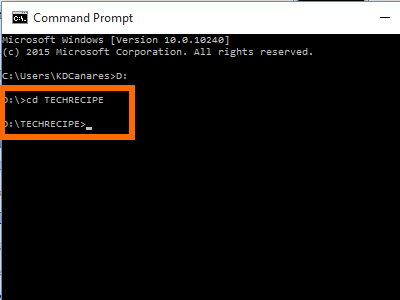

However, I also like to keep these indexed in DT so that I can replicated some items into groups that I have in my database. I like to keep them here because I know where they are and i find it easier. In this particular usage scenario, I have all of my university documents (slides, assignments, readings) on the finder.

Could DT remember somehow which files were replicated to where once they have been renamed/moved and then index items updated? It seems to retain information such as tags when you do this… That’s why you can move them around in DT without necessarily effecting the files on the finder. Would it be technically possible for DT to be programmed to somehow retain the continuity of replicants if you move or rename folder/files through the finder? I’m out of my technical depth here, the indexed items in DT are just representations of the file in the main file system which you access though the finder. The files and folders will not be moved in the file system.
#Nvalt change file name update#
However, if you do the inverse - move the files or folders in the database and then Update Indexed Items - the file system will not be updated. Moves: Moving a file or folder in the file system - and then Updating Indexed Items - will update the indexed groups in the database. If you do the inverse - change the name in the database - then use Update Indexed Items, the change will be made in the file system, and the replicants will remain intact. Names: Changing indexed items’ file or folder names in the file system (e.g., using Finder) will break replicants in the database. DEVONthink keeps track of what database items are related to files and folders in the file system, but some actions are not tracked. This actually gives you a lot of flexibility in how you structure a database, but it can have a burden. The key concept is: the hierarchies are related but not necessarily the same. Indexing is not designed to keep the database file and document hierarchy as a synchronized mirror image of the related hierarchy in the file system. However, I also want to be able to edit the files/folders on the finder without loosing all my replicants in my database. for x in /home/imp/hpt/outbound/.Is there any way to maintain a replicant after editing items in the finder? find my_root_dir -type f -execdir rename 'y/A-Z/a-z/' to get the value of x converted to lowercase. In case that you want only to change file names, you need to change the -depth option with the next one: -type f.Īnother regular expression given to the rename command could be the one below, which I think it is more easy to understand. I would only add that the command provided in the link above will modify directory names as well.

It consists on using both find and rename Linux commands. This answer from Alex B at Stack Overflow will help you to rename both files and subfolders under a directory. Here's an example of a file name I want to rename: I'm trying to convert a file from uppercase to lowercase using the syntax below: mv /home/imp/hpt/outbound/. The problem is that the mailer is looking for lowercase filenames, but only uppercase filenames exist. So that's why I want to use that syntax ( (for example)). ?Įxec "/home/imp/imp/poll.sh /home/imp/hpt/secure" /home/imp/hpt/secure/*. Here are a few examples: exec "/home/imp/imp/poll.sh" *.su? *.mo? *.tu? *.we? *th? *.fr? *.sa? *.pktįlag toss!.now. The configuration file for which these commands reside in, only allow specific declarations. These commands are actually for a BBS FTN tosser.


 0 kommentar(er)
0 kommentar(er)
